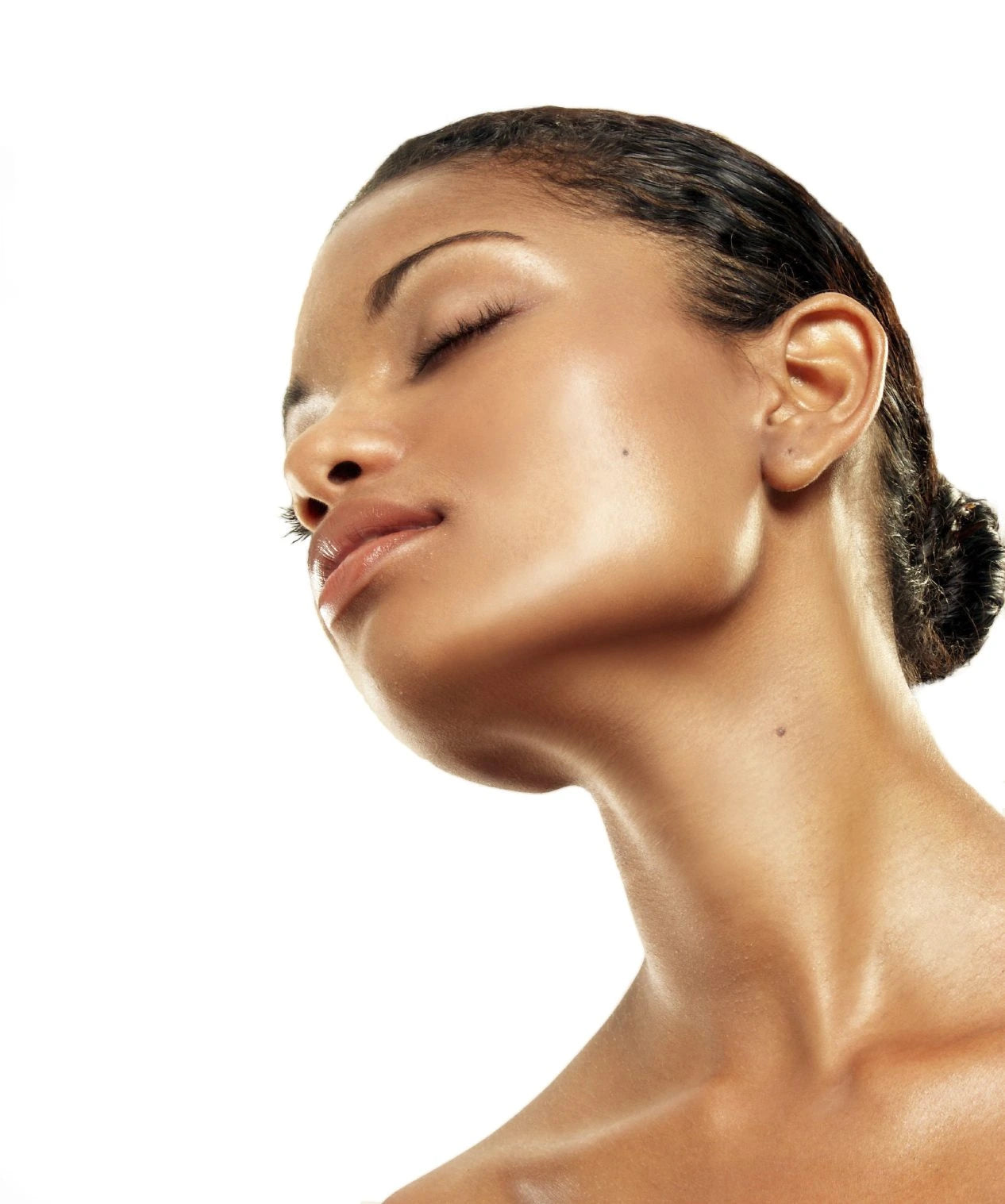The two popular products I will focus on are Farsali Rose Gold Elixir ($54) and Guerlain L’or Radiance Concentrate With Pure Gold Face Primer ($74).
On a microscale (like it is in these products), gold is inert (inactive), but on a nanoscale, the properties of gold will be different. So in other words, in these formulations, gold is doing absolutely nothing but giving your skin a “shimmer”. Apart from gold, the main base of Farsali Rose Gold Elixir is Rosehip Seed Oil. Rosehip oil is a good moisturizer and it does contain some chemicals that in theory can have an anti-aging affect. However, even though it does have a plausible mechanism and at least some of its components have been shown to penetrate the skin, there’s little direct data to prove that it works when applied. If you really want to use rosehip oil, you are better off buying a luminous primer and mixing it with pure rosehip oil instead of spending all that money on this product. What you are really paying for is the gold in it.
The Guerlain L’or Radiance Concentrate will definitely not help your make up last longer. It is water based and has a number of humectants (ingredients that attract water molecules) which means it will work better as a hydrating gel. There are so many other cheaper products out on the market that will give you the same hydration.
Quick lesson – There are 5 types of cosmetic ingredients:
- Active Ingredients – They deliver the promise of the product (e.g. UV absorbers in sunscreen).
- Base Ingredients – They form the delivery vehicle for the active ingredients, as active ingredients are rarely used by themselves in a 100% concentrated form (e.g. Water).
- Control Ingredients – They ensure the product stays within acceptable parameters (E.g. Preservatives).
- Aesthetic Ingredients – They improve the product’s sensory characteristics (e.g. Fragrance)
- Featured Ingredients – They are added to increase consumer appeal.
As luxurious as pure gold sounds for skincare, it is a known contact allergen that can induce dermatitis on the skin, especially on the face and eyelids. In fact, gold won the dubious title of Allergen of the Year in 2001 from The American Contact Dermatitis Society.
In my opinion, these products are not worth the price tag on them, if you want a glow after applying your foundation, you can purchase a regular luminous primer; it will give you the same effect.
Photo Credit: Tatcha, Nordstrom, BRITTWD


